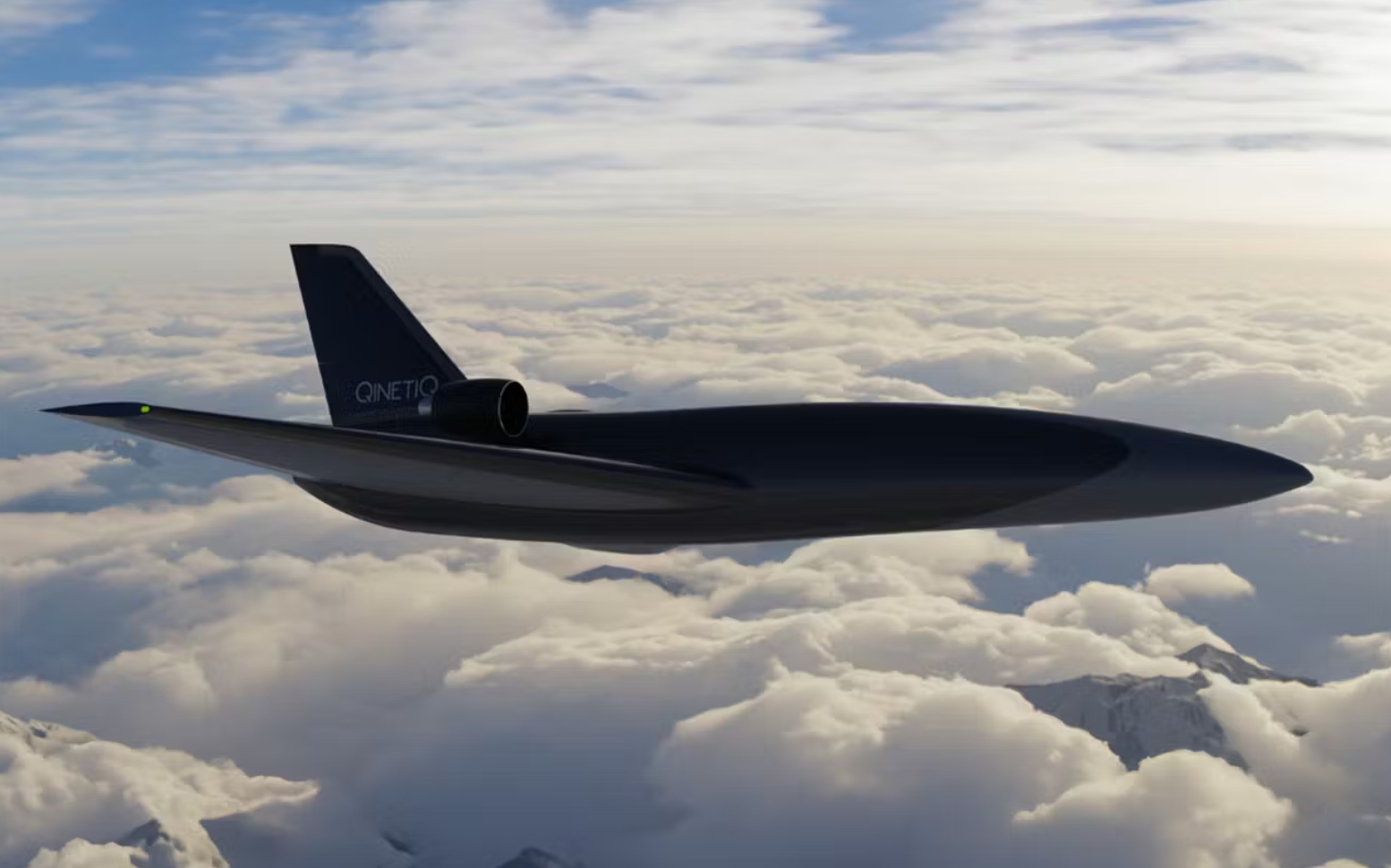QinetiQ, a British firm, has launched an affordable unmanned aerial vehicle (UAV) crafted explicitly for swarming capabilities and cooperative missions involving manned and unmanned aircraft.
British Storm Shadow Missile ‘Stormed’ Russian Naval Base & Damaged Its Submarine – Ukraine
The company unveiled details about the program during the Defense & Security Equipment International (DSEI) trade exhibition in London on September 12.
The newly unveiled drone, Jackdaw, is anticipated to assume diverse missions. This platform will be available starting in the mid-2020s.
It can carry an internal payload of up to 30 kilograms (66 pounds), supporting various missions such as reconnaissance, electronic warfare, airborne decoy, and threat representation.
The company said that the United Kingdom-made UAV is engineered to be reusable. Yet, its affordability is such that it can be treated as a disposable asset, providing commanders with increased flexibility in their operations.
In a statement, the company suggested that Jackdaw will enable the UK armed forces to diminish operational risk and enhance combat capability by swiftly deploying many unmanned aerial systems (UAS) in situations that presently rely on a limited number of costly crewed aerial platforms.
Teaming up large Jackdaw drones with other UAS and crewed platforms will enhance mission effectiveness, mitigate the threat to human lives, and significantly reduce operations costs.

QinetiQ is currently in the process of developing the Jackdaw concept for four primary use cases. First, it will serve in Intelligence, Surveillance, and Reconnaissance (ISR) missions, gathering crucial information to enhance commanders’ situational awareness.
Second, it will be employed in Electronic Warfare, using the electromagnetic spectrum to counter adversarial electronic systems. Third, Jackdaw will function as an active and passive decoy, simulating higher-value or crewed systems to protect lives and essential assets.
Finally, it will provide complex threat representation, offering operators swarming threats and advanced threat payloads to ensure they are well-trained and operationally ready for the highly complex threat environment of the near future.
The Jackdaw Program
The Jackdaw drone incorporates a similar cost-effective approach seen in developing attritable drones, a concept that has gained traction in the United States.
An attritable drone is designed to be economical enough for deployment in high-risk missions where the likelihood of not returning is significant.
Despite its affordability, it still possesses the necessary capabilities to remain operationally relevant in such challenging scenarios.
QinetiQ has provided a glimpse of the anticipated Jackdaw specifications, including a maximum speed of 400 knots and an operational altitude ceiling of 30,000 feet. It is designed with an internal payload capacity of 66 pounds, which is expected to grant it an endurance of at least three hours during missions.
Mick Andrae, the Global Campaign Director for Robotics and Autonomous Systems at QinetiQ, explained that the Jackdaw concept builds upon QinetiQ’s experience in creating cost-effective, high-performance aerial targets like the Banshee drone family.
The Jackdaw concept resembles the jet-powered Banshee Jet 80 series, characterized by its cropped-delta wing design and single tailfin. Nonetheless, it distinguishes itself by placing two jet engines externally at the rear of the fuselage instead of housing them within it.
Like the Banshee, the Jackdaw will serve multiple purposes in training scenarios. It will function as an airborne decoy and effectively replicate the characteristics of various potentially hostile platforms, encompassing threat scenarios involving “swarming threats and sophisticated threat payloads.”
A video released by QinetiQ showcases the Jackdaw drone’s intended applications, which include ground launches where containerized drones are catapulted into the sky using rail-type launchers.
Moreover, the system is versatile enough to support maritime operations, with similar launchers being employed from the deck of an aircraft carrier.
This capability holds particular significance in light of the UK Royal Navy’s expanding plans for drone operations from its two aircraft carriers.
The drone will also complement conventional crewed aircraft, operating collaboratively and autonomously as part of a crewed-uncrewed teaming concept.
This capability places the drone in a favorable position to become a component of the next-generation fighter program, which the UK is jointly developing with Japan and Italy.
The UK-based company envisions that the Jackdaw will not be limited to serving the UK Armed Forces alone but will also attract interest from foreign nations. The design is geared towards facilitating easy adoption by allied countries.
This can be achieved by incorporating an “autonomous goal-based mission management system” intended for seamless integration with NATO and allied open architectures, guaranteeing compatibility with current and future crewed and uncrewed systems. This approach ensures the drone’s appeal and adaptability for international partners.
- Contact the author at ashishmichel(at)gmail.com
- Follow EurAsian Times on Google News